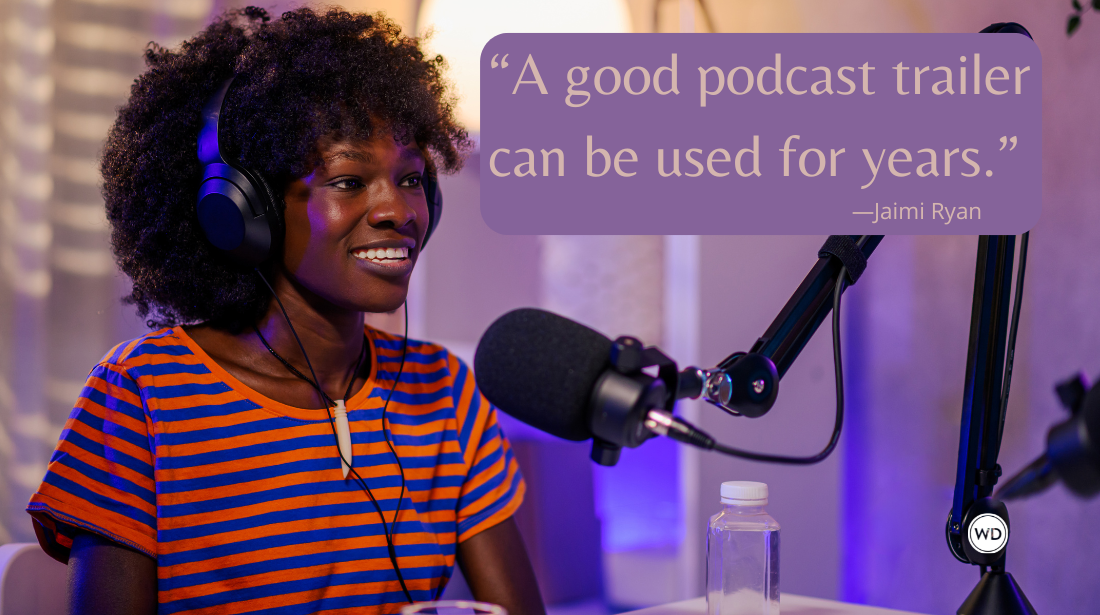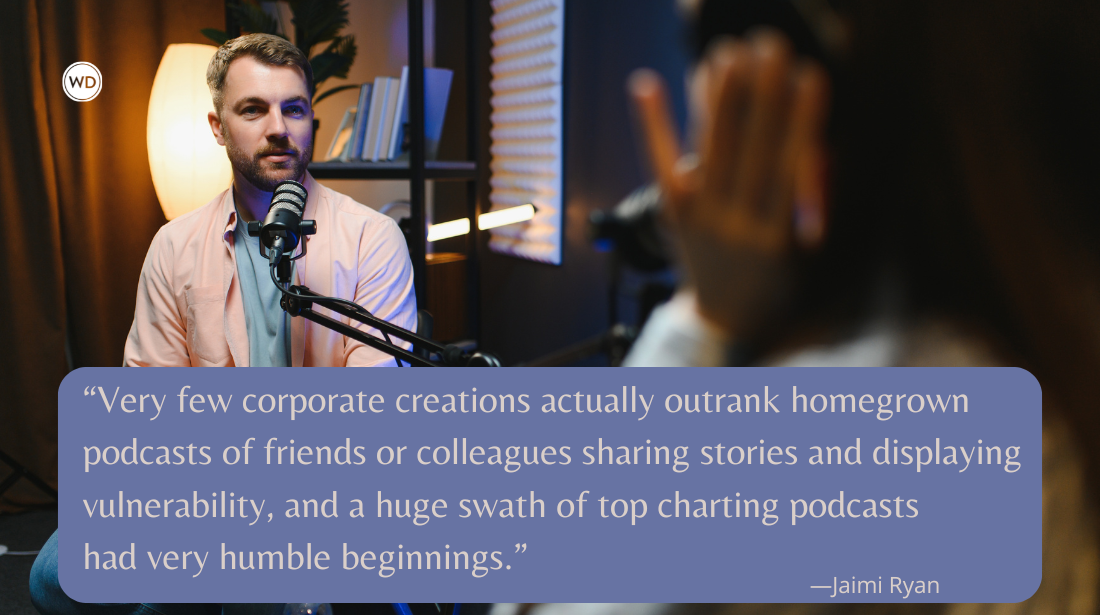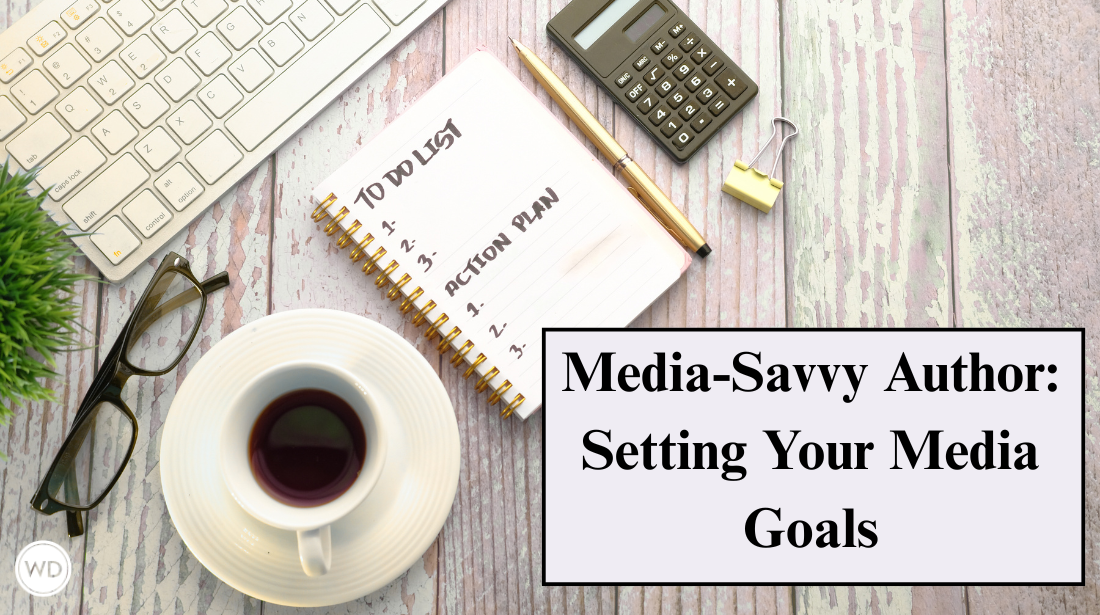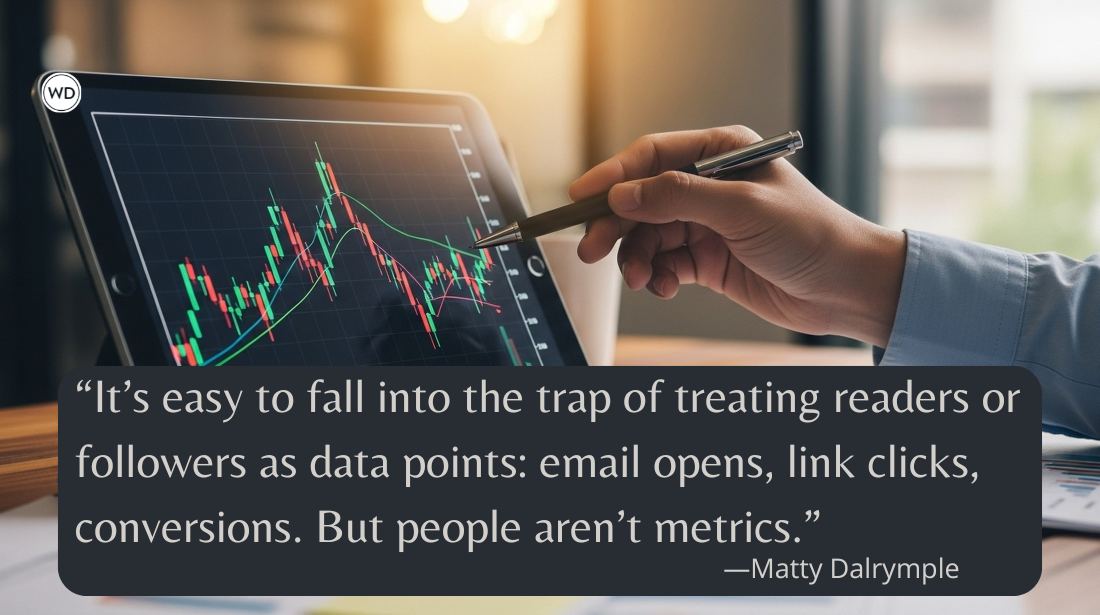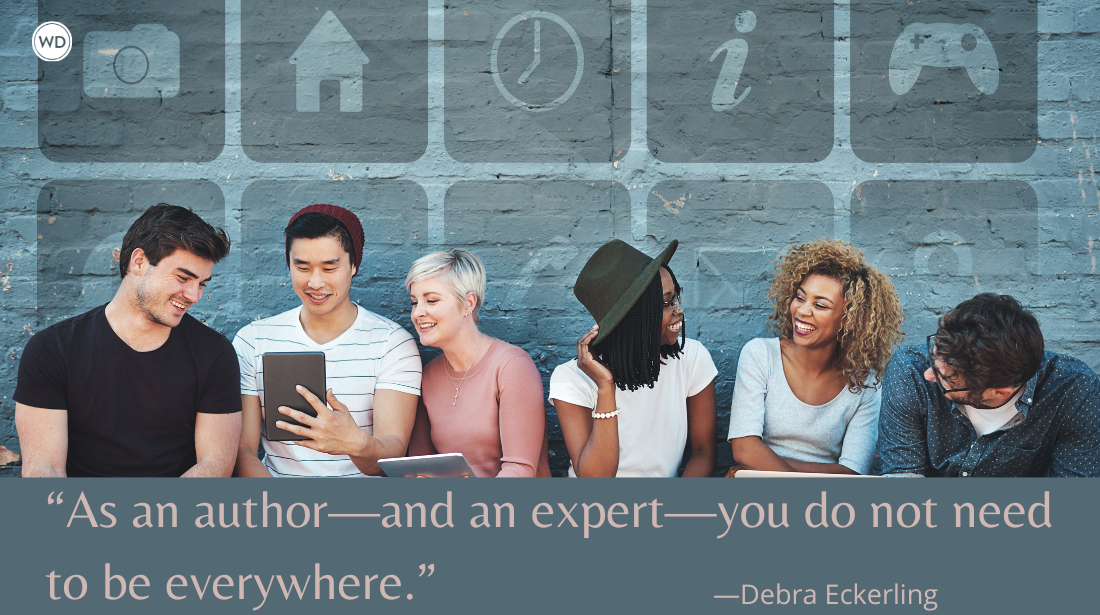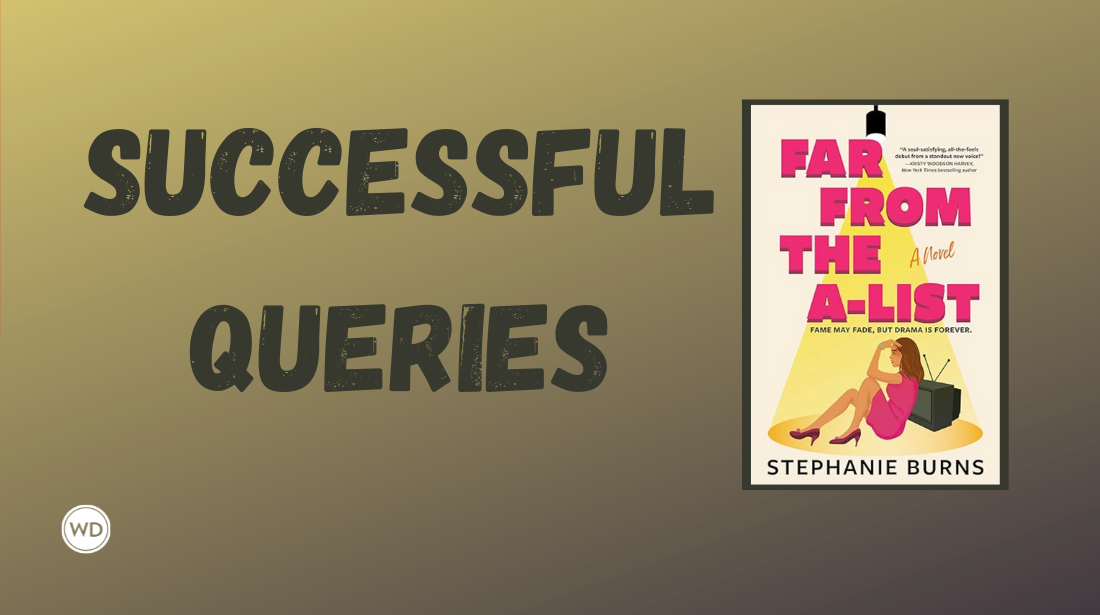Are You a Born Storyteller?
I had a dear friend who had a gift for telling stories about her day. She’d launch into one, and suddenly everyone around her would hush up and lean in,…
I had a dear friend who had a gift for telling stories about her day. She’d launch into one, and suddenly everyone around her would hush up and lean in, knowing that whatever followed would be pure entertainment. A story of encountering a deer on the highway would involve interludes from the deer’s point of view. Strangers who factored into her tales would get nicknames and imagined backstories of their own. She could make even the most mundane parts of her day—and everyone else’s—seem interesting. She didn’t aspire to be a writer, but she was a born storyteller.
Why All Nonfiction Should Be Creative Nonfiction
The term creative nonfiction often brings to mind essays that read like poems, memoirs that read like novels, a lyrical way of interpreting the world around us. But the truth is that writing nonfiction—from blog posts to routine news reports to business guides—can (and should) be creative work. And the more creativity you bring to any piece, the better it’s likely to be received, whether your target reader is a friend, a website visitor, an editor or agent, or the public at large.
The March/April 2015 Writer’s Digestgoes on sale today—and this issue delves into the creative sides of many types of nonfiction.
- Learn seven ways to take a creative approach to any nonfiction book—whether you wish to write a self-help title, a historical retelling, a how-to guide, or something else entirely.
- Get tips for finding the right voice for your essays, memoirs and other true-to-life works—and see how it’s that voice above all else that can make or break your writing.
- Delve into our introduction to the nonfiction children’s market—where writers can earn a steady income by opening kids’ eyes to the world around them.
- And find out what today’s literary agents and publishers are looking for in the increasingly popular narrative nonfiction genre—where books ranging from Rebecca Skloot’s The Immortal Life of Henrietta Lacks to Roxane Gay’s Bad Feminist to Susan Cain’s Quiet have been reinvigorating the bestseller lists.
Why Readers Love True Stories
“Narrative nonfiction has become more in-demand because it provides additional value; it’s entertaining and educational,” explains agent Laurie Abkemeier in our narrative nonfiction roundtable. “There are many forms of entertainment vying for our attention, and the ones that give us the highest return for our time and money investment are the ones that we gravitate toward.”
So give your readers that amazing return. The articles packed into this informative, diverse and boundary-pushing issue will show you how. Download the complete issue right now, order a print copy, or find it on your favorite newsstand through mid-April.
Jessica Strawser
Editor, Writer’s Digest Magazine
Follow me on Twitter @jessicastrawser
Jessica Strawser is editor-at-large for Writer's Digest and former editor-in-chief. She's also the author of several novels, including Not That I Could Tell and Almost Missed You.




